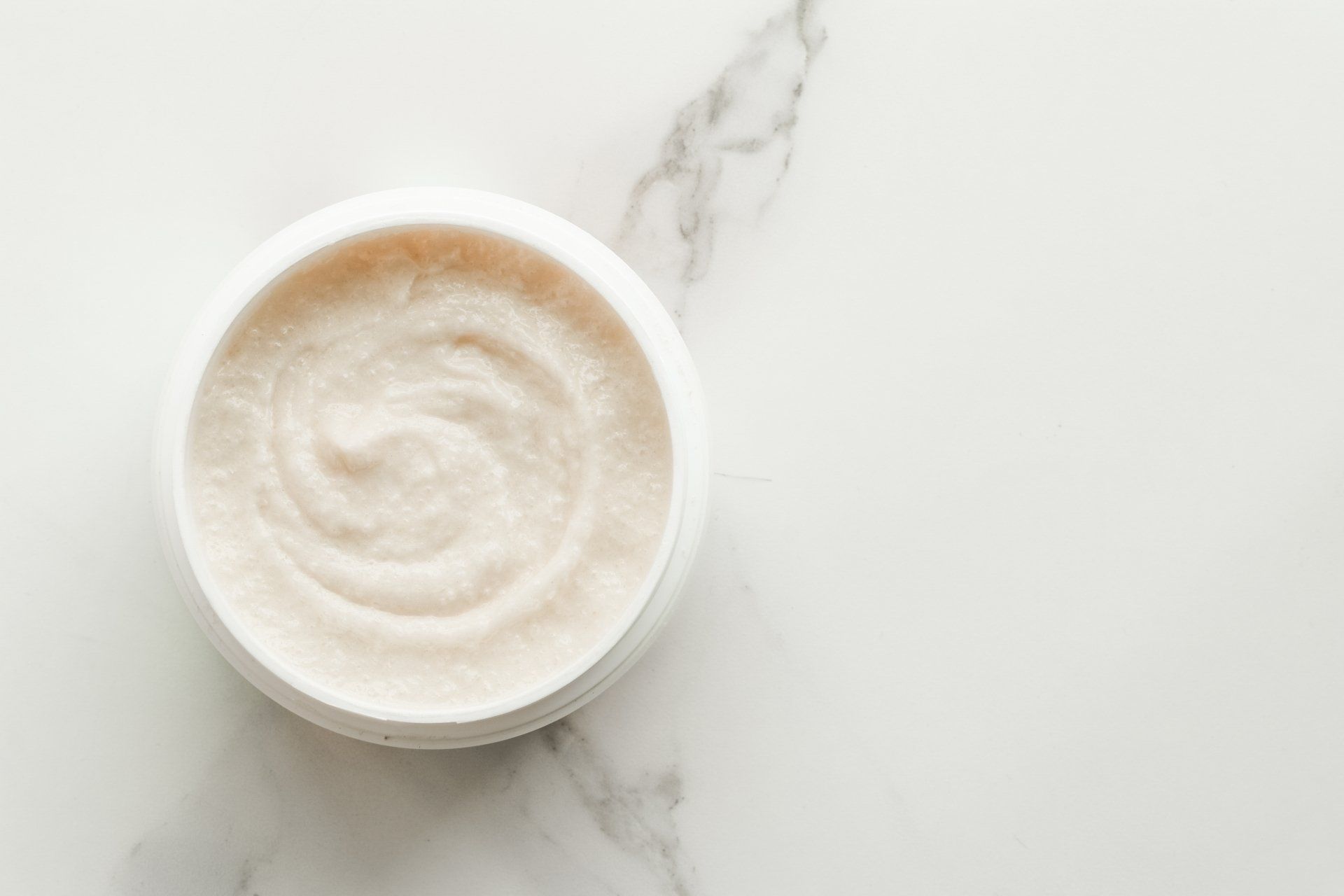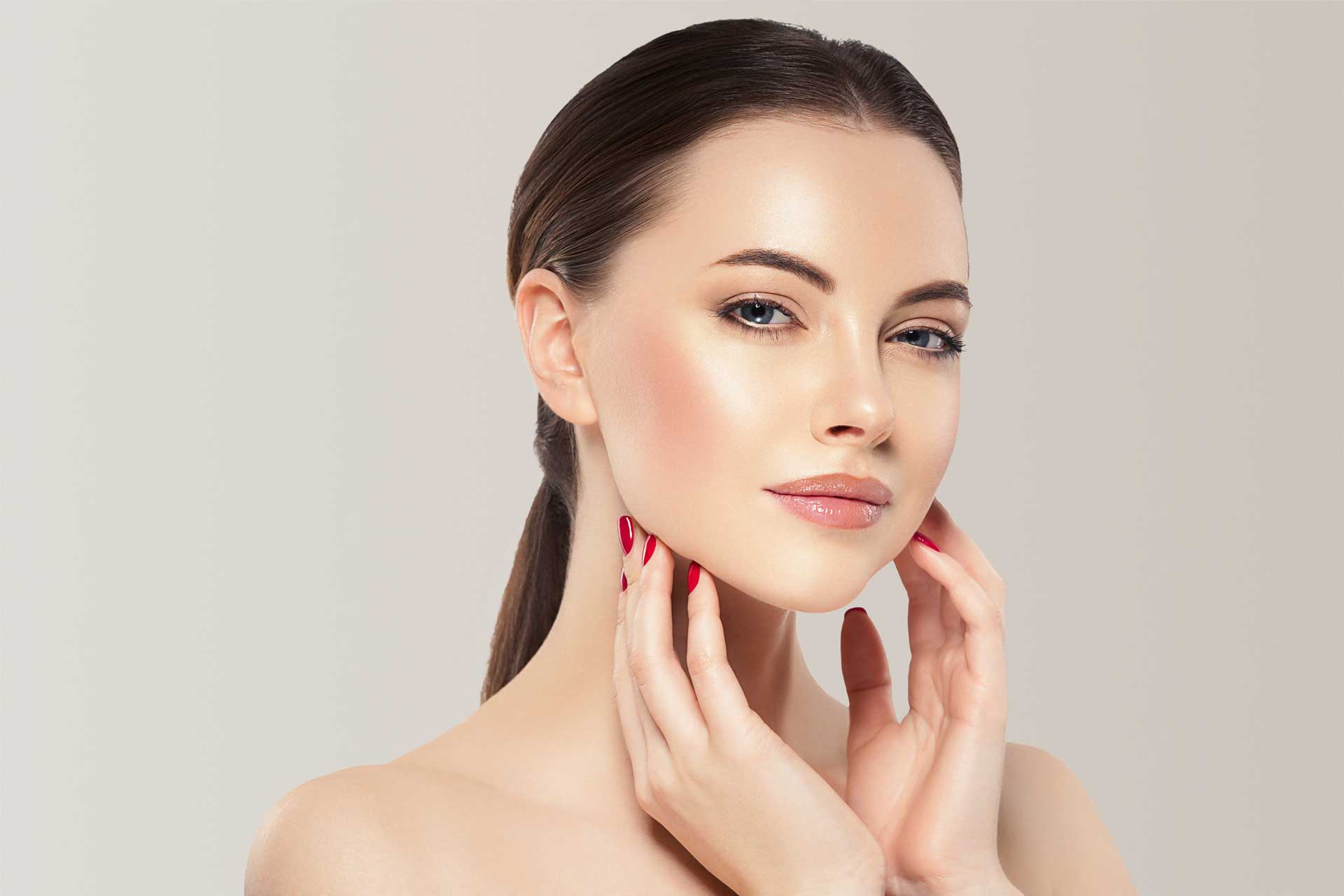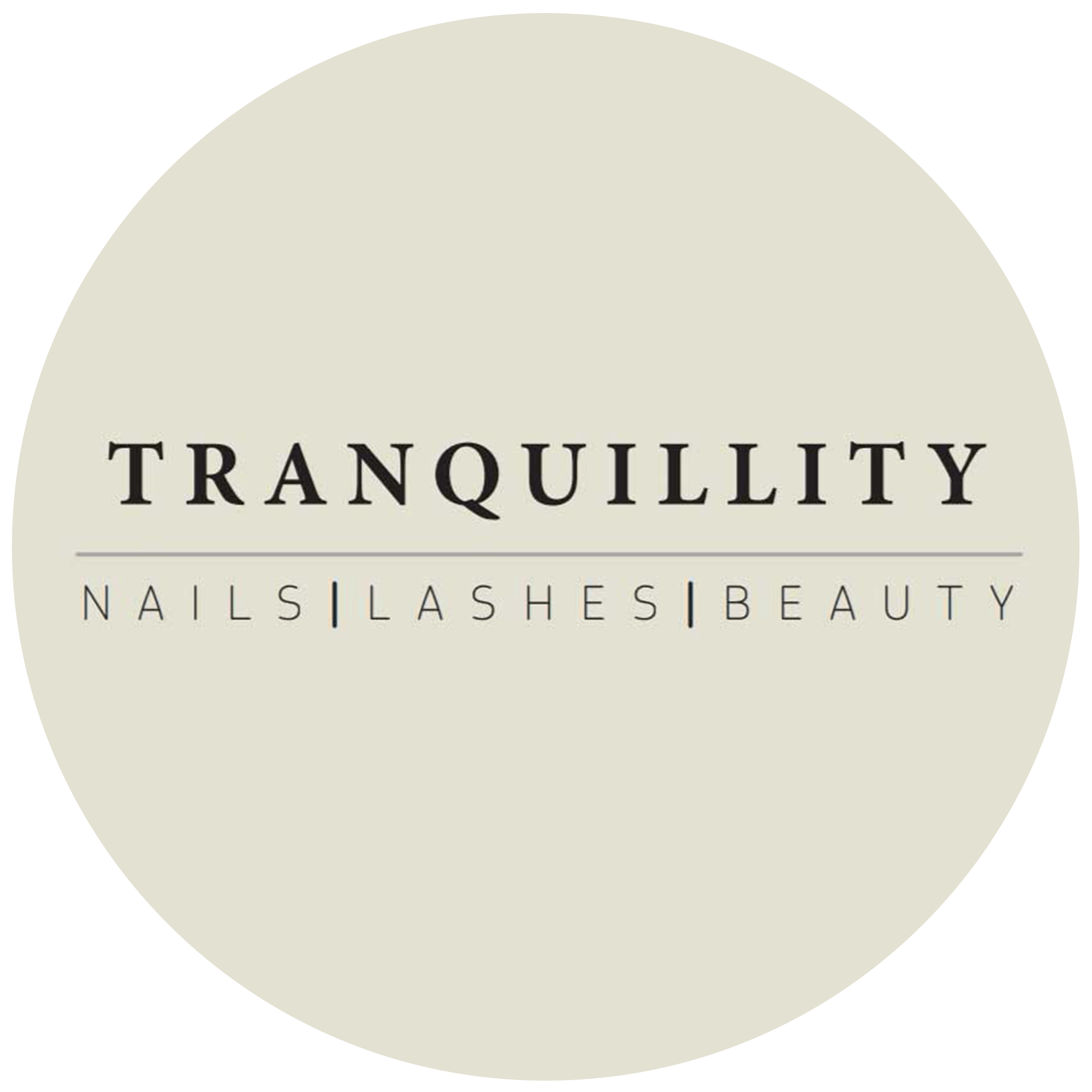Blog
Blog
Stay up-to-date with all the latest beauty treatments, products, and more with Tranquillity’s beauty blog.
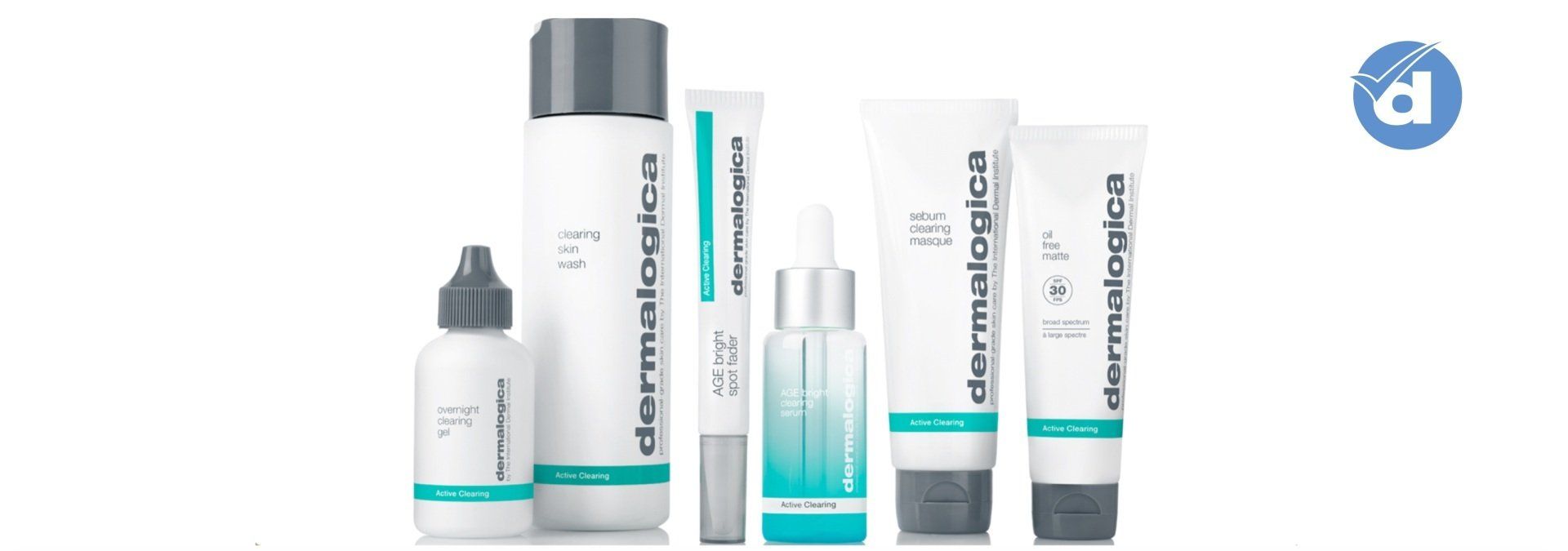
2 August 2021
Still using the same acne products you relied on as a teen? They’re probably not working like they used to. That’s because your skin behaves differently when you’re an adult, so you need to treat it differently to get good results. Unlike teens, adults are typically also concerned about sensitivity, dehydration, and pigmentation issues, which are common among adults. Because cell turnover slows with age, adult skin can take longer to heal than teen skin – which means post-acne marks and redness can last longer, increasing the appearance of premature skin aging. To clear adult acne, first focus on reducing chronic stress. This is a top acne trigger because it can stimulate excess oil production and hormonal fluctuations as well as impair the skin’s ability to heal. Second, establish a regular skin care routine that targets the main contributing factors of acne: overactive sebaceous glands (excess oil), cell proliferation (excess dead skin cells), growth of acne-causing bacteria, chronic inflammation, and post-inflammatory hyperpigmentation. (The last one is what causes those stubborn post-acne marks.) Look for multifunctional products that contain ingredients like Salicylic Acid, which helps clear away dead skin cells; Bentonite or Kaolin Clay, which helps reduce excess sebum (oil); Thymol and Terpineol, which help reduce sebum and breakout-causing bacteria; Niacinamide and Hexylresorcinol, which help fade post-inflammatory hyperpigmentation; and soothing botanicals like Tea Tree Oil and Licorice. Practice good skin care habits. While teen and adult acne differ, both can be reduced by the following habits, which help promote clear skin: Do you have post-inflammatory hyperpigmentation (PIH) or a scar? It’s easy to confuse post-inflammatory hyperpigmentation with a scar, but they are very different. Think of PIH as skin tone-related and a scar as texture-related. PIH leaves a mark that ranges from pink to dark black. A scar creates a raised or depressed area on the skin, resulting from a loss or overgrowth of tissue. Most PIH can be reduced over time with exfoliants or ingredients such as Hexylresorcinol and Niacinamide. Scars cannot be sufficiently reduced or removed through skin care alone. 1. Clean make-up brushes regularly, wash pillowcases weekly and disinfect cell phones daily to help reduce breakout-causing bacteria. 2. Avoid ingredients such as Lanolin, Isopropyl Myristate (common in powders), Mineral Oil (which can prevent skin cells from shedding properly) and fragrance (a common irritant). 3. Be careful not to wash your face with hot water, over-exfoliate, or treat the skin too aggressively. Such habits can dry out the skin and trigger inflammation, which can lead to wrinkles. 4. Keep skin moisturized to combat dehydration, which not only makes fine lines more apparent but also stimulates excess oil production in the skin. 5. Avoid pore-clogging, congestion-inducing habits like working out with make-up on and not thoroughly cleansing skin afterwards. 6. Practice a healthy lifestyle whenever possible. That means get more sleep, eat a balanced diet, drink more water, limit caffeine consumption, and don’t smoke. Do this, and you’ll be on your way to clear skin in no time! Active Clearing is Dermalogica’s answer to breakouts and related signs of premature skin aging.
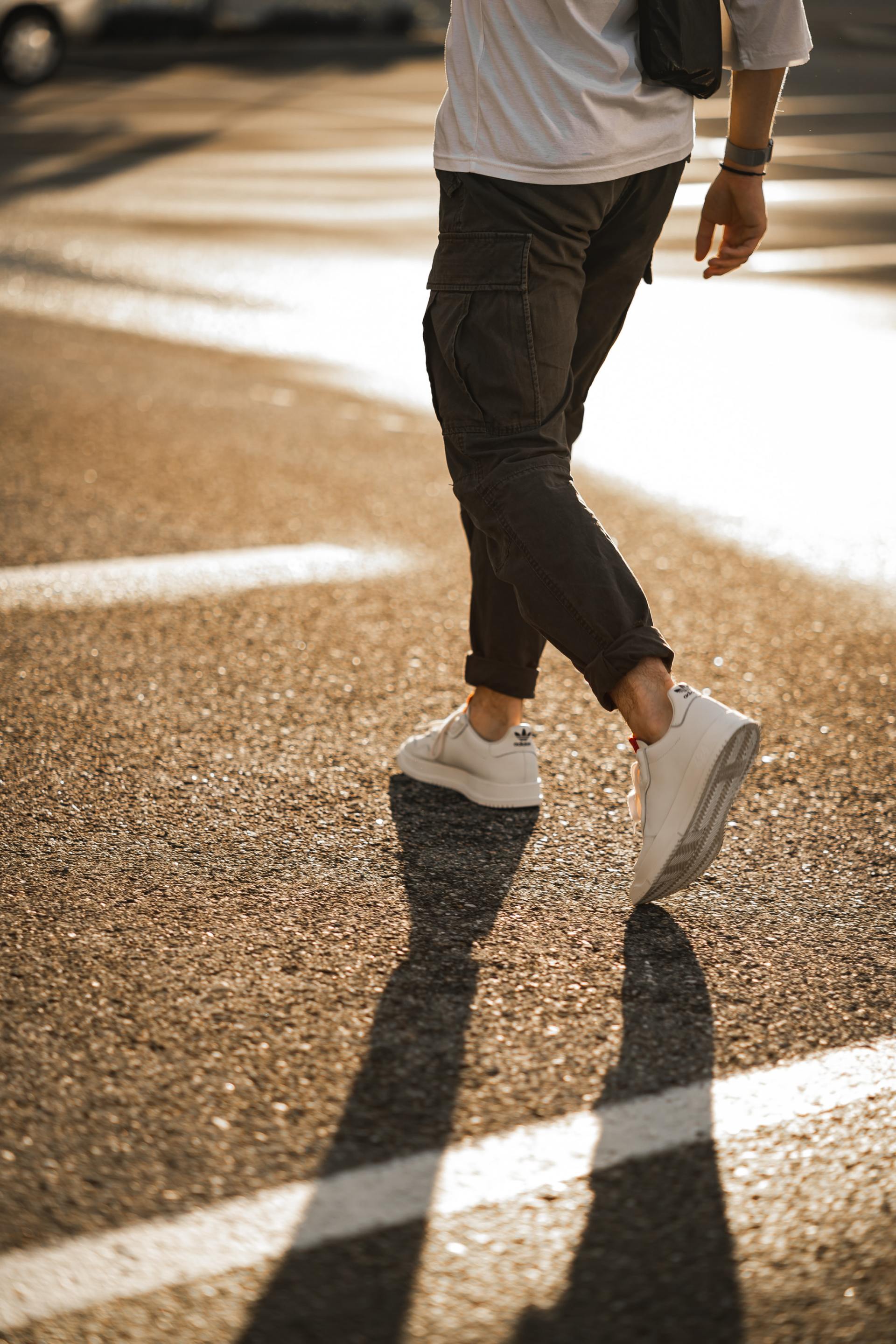
14 June 2021
A 15-minute walk per day can add 3 years to your life. We all know how important regular exercise can impact our mental, emotional and physical health. Yet, a lot of us find reasons to avoid it. Why... Time? Work? Can’t afford the gym? With a lot of us now working from home, we find ourselves sitting more and moving less. A study found that people working from home worked longer hours, took shorter breaks and less sick days. Whilst working from home it is still essential to find ways to keep active! It is important to schedule a routine. Be sure to allow yourself at least a 30-minute break throughout the day and allow yourself time out of the house. If you can’t do this, even 5 minutes of walking adds up over time. Are you stuck on a particular work task or project? Take 5 minutes and walk to the bottom of the road and back and clear your head. You don’t need an expensive gym membership to go for a walk. It’s completely free and has so many health benefits. Walking can improve cognitive performance, boost your mood, help to reduce the risk of cancer and much more! (and it gets you out of the house!)
Book a consultation
Free consultations are available on request. We may require a doctor’s note for certain health conditions – please ask for more details when booking.
Contact details
84C Liverpool Road, Longton, Preston, PR4 5NB
Business Hours - Hours may vary
- Monday
- -
- Tuesday
- -
- Wednesday
- -
- Thursday
- -
- Friday
- -
- Saturday
- -
- Sunday
- Closed
© 2025
All Rights Reserved | Tranquillity Salon

